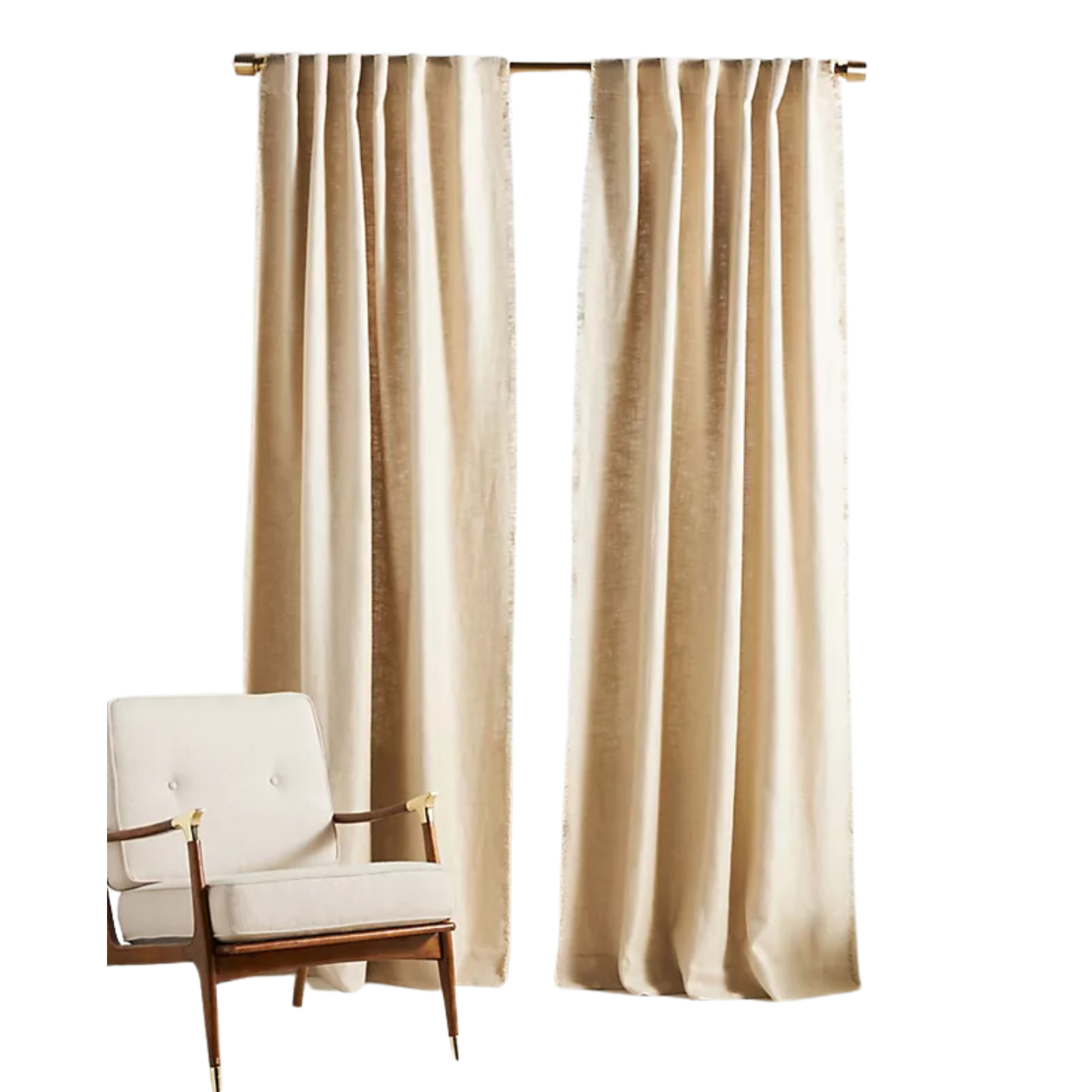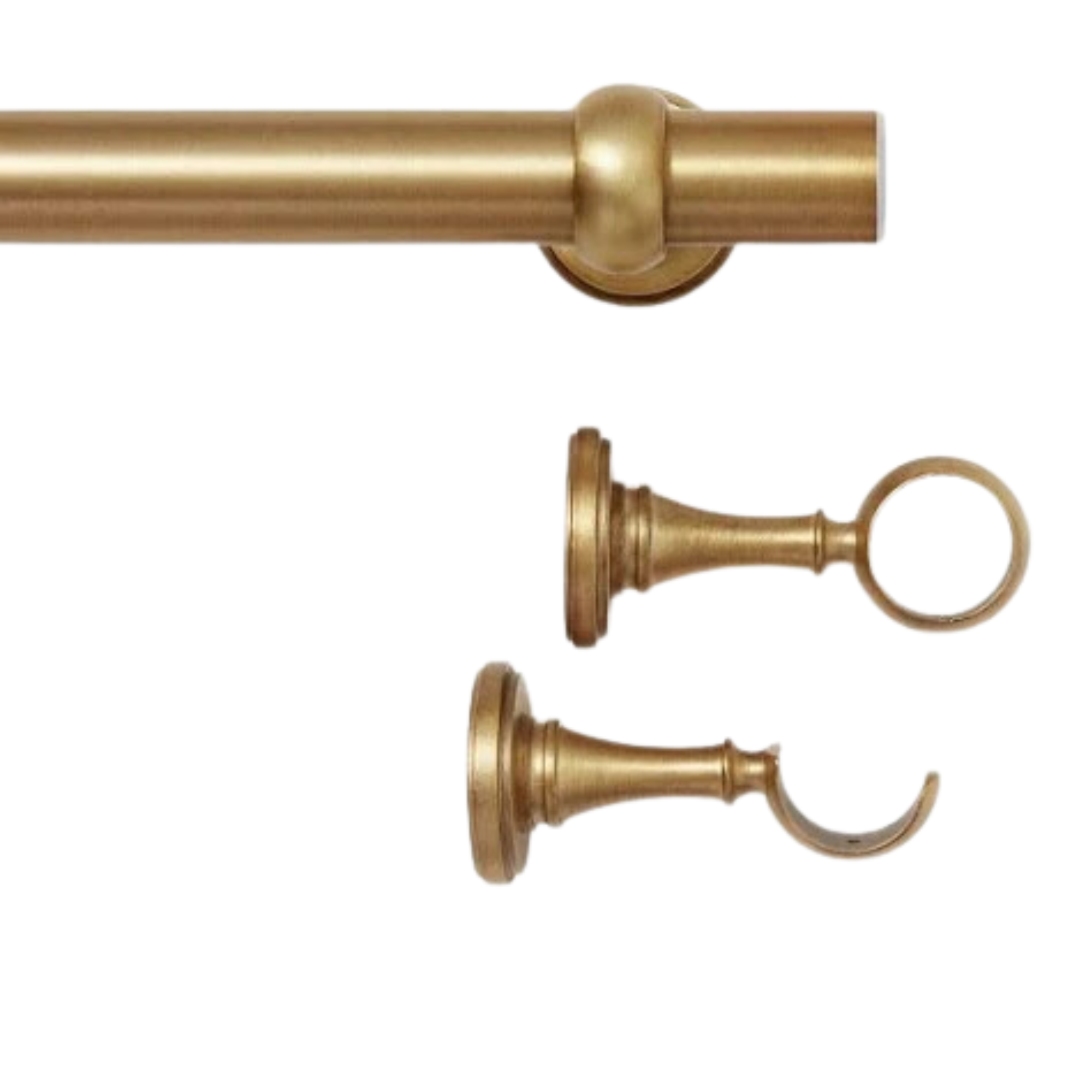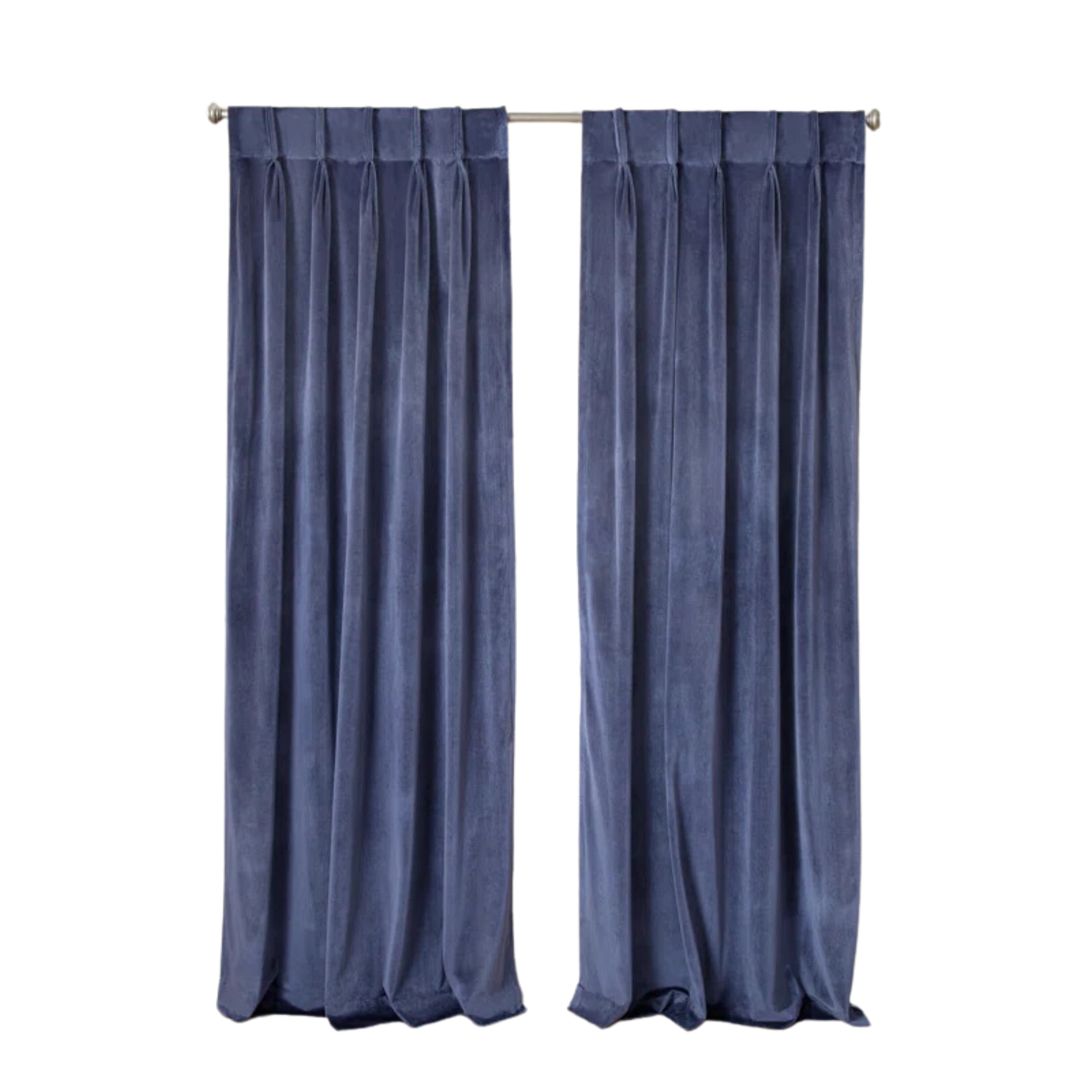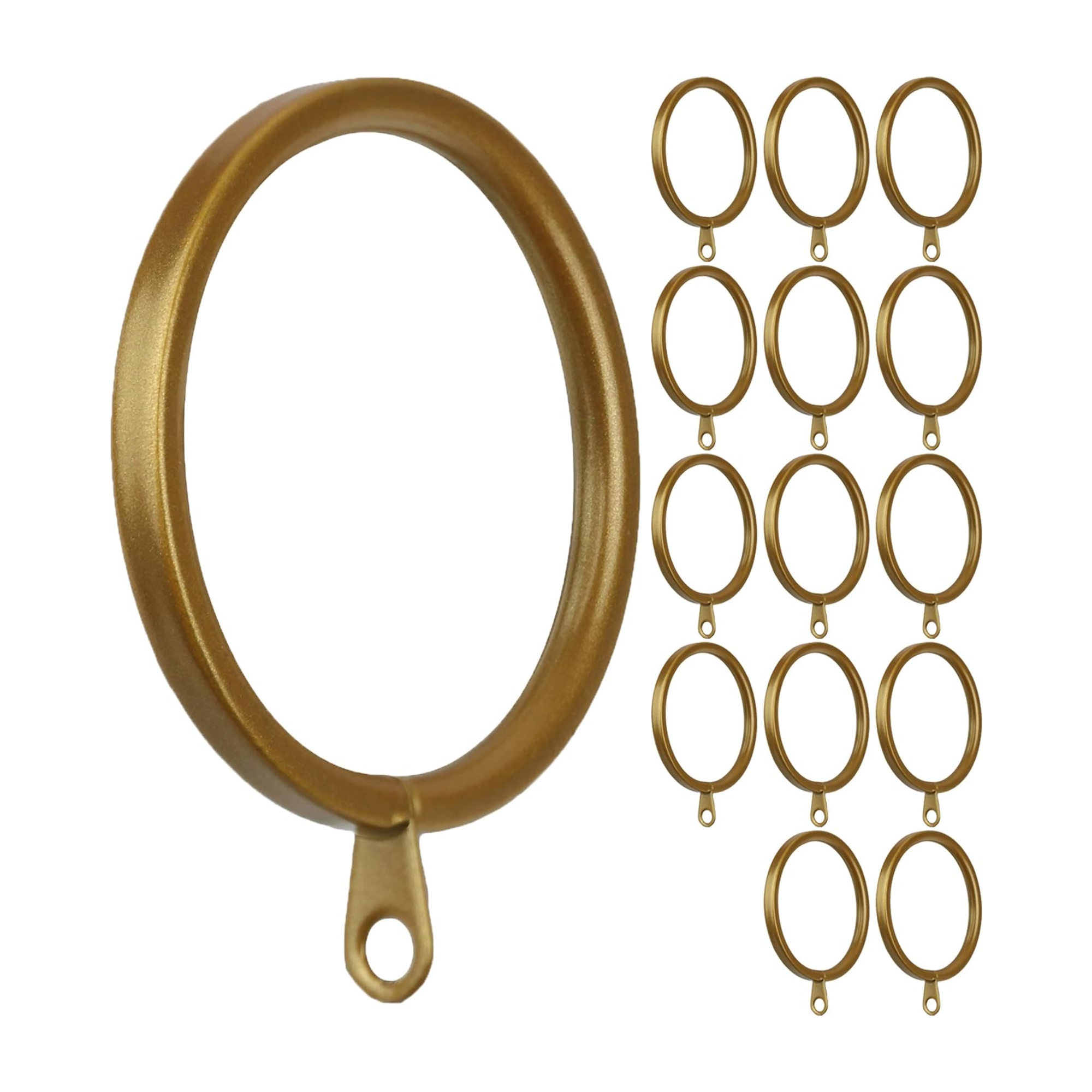Nate Berkus' Secrets for Hanging Drapery Will Help Every Room Look More Expensive — 'It Draws the Eye'
The design guru is a fan of full and heavy drapes, but he has a very specific technique when it comes to hanging them
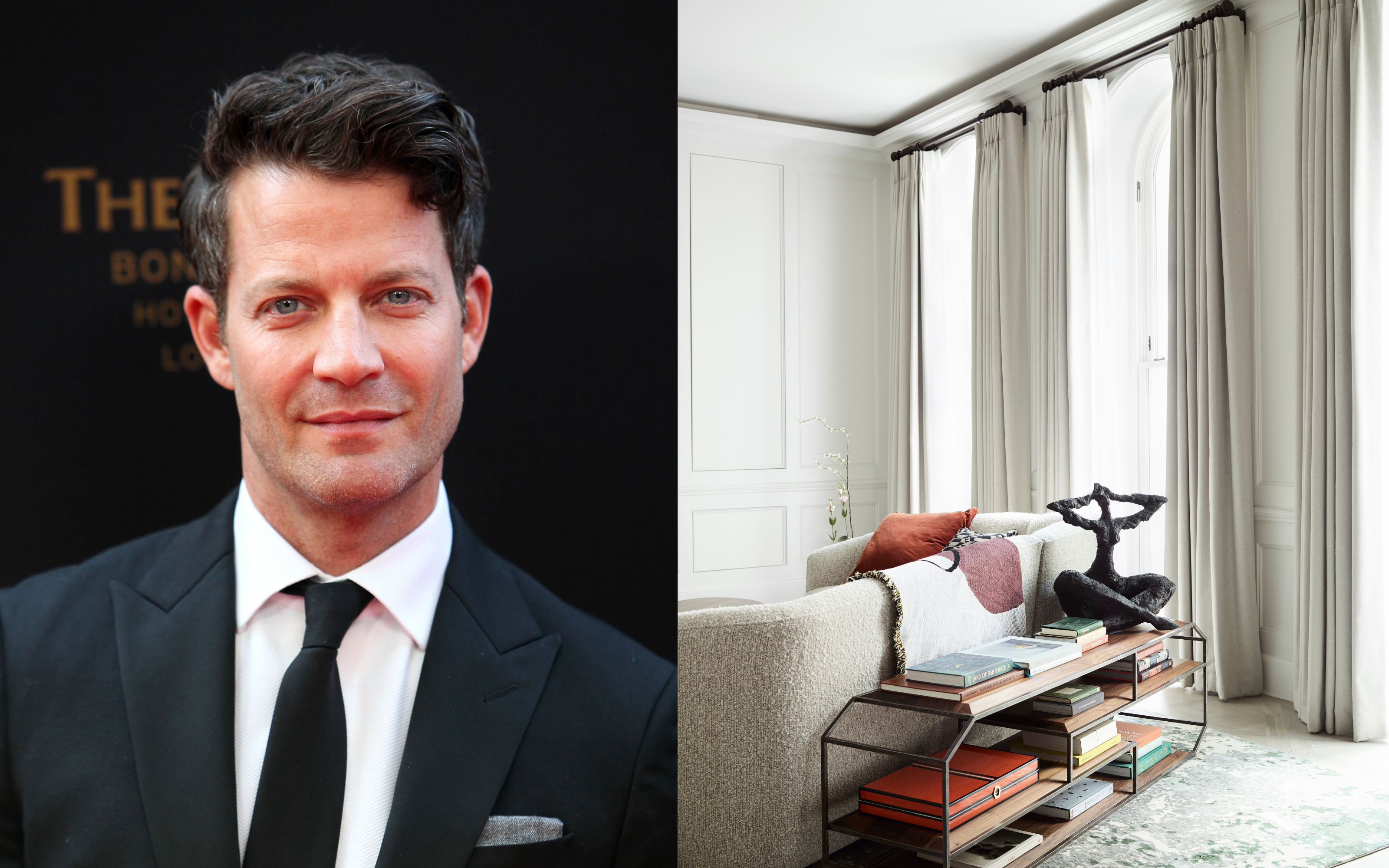

Hanging drapery can be quite a challenge, but Nate Berkus knows how to do it right. The designer is famed for his elegant and sophisticated transitional style that blends contemporary and traditional in the best way possible. Take a peek inside any of his properties and you're met with high ceilings, decorative architectural details, and layered textures. And one area where all of those elements converge is in his beautiful window treatments.
A big fan of full-length drapes, Nate knows a thing or two about dressing a window. Long drapery in luxurious materials hung from tall windows is a mainstay in his homes, and it's a refined look we've always envied. Modern window treatments are an oft-overlooked element of design, and if you do have an eye for interiors, it can be tricky to achieve perfect harmony with curtains. Should curtains touch the floor? The wrong height, length, or pleat can completely alter the balance of the room and - what's more - they're hotly debated among designers, making it difficult to know which to choose.
That's why when Nate decided to share his specific technique for hanging drapes, we listened. Taking to Instagram to share his prowess, he told followers his exact formula for elegant drapery that draws the eye. Here we ask experts to weigh in on Nate's approach and, unsurprisingly, it's gained their approval.
A post shared by Nate Berkus (@nateberkus)
A photo posted by on
In his Instagram video, Nate can be seen in his sophisticated living room against a backdrop of dark green drapes, and outlines exactly how he prefers to hang them for a classic effect. 'For drapery, there are a million styles you can do at the top,' he says. 'I like either an inverted pleat or a ripple fold with rings on a thin rod.' These two looks offer neat vertical folds for the long, clean lines that are so synonymous with Nate's style.
Besides these techniques, he also has a few other rules when it comes to perfecting how you hang curtains. 'The rule of thumb is to keep the hardware simple, the drapes fuller, and I don't like drapes that puddle on the floor - even though I've seen it executed beautifully. I like drapes to skim the floor which means they're maybe just a quarter of an inch higher than the floor,' he says. 'And it's important to remember, especially if you're using a darker fabric like this, that you want the drapery to go as high as possible.' According to Nate, this sort of attention to detail is guaranteed to draw eyes up when guests enter a room, helping to pull the whole space together.
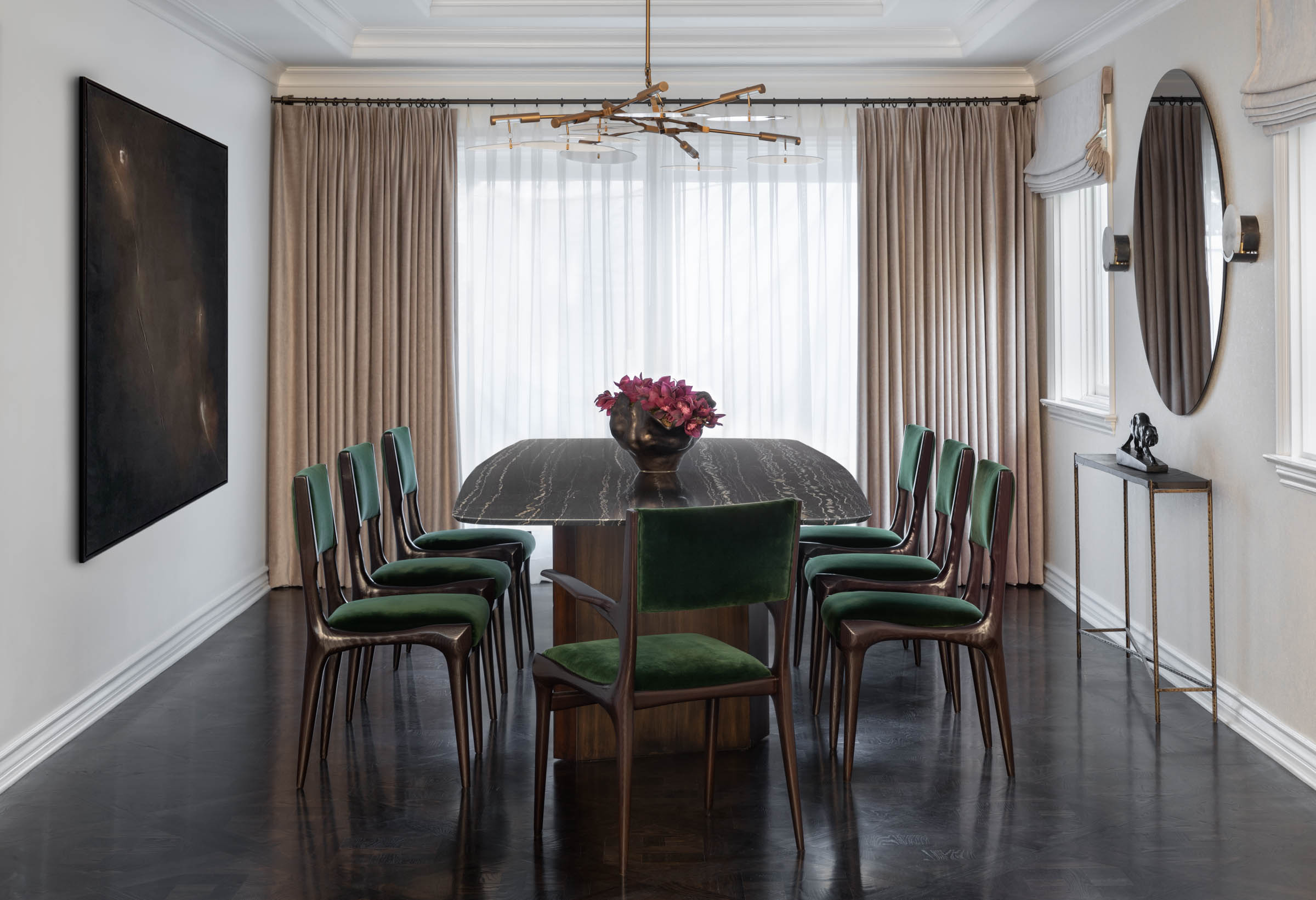
Haley Weidenbaum, an LA-based designer and the founder of window treatment brand Everhem, approves of Nate's advice, especially his reference to keeping hardware simple. 'There are tons of great hardware options to choose from and it’s definitely something to always consider, but we love this oversight because it allows the drapes to be the real star of the show and drive the true appeal of the space,' she says.
If you're still deciding whether curtains should touch the floor, she also shares Nate’s sentiment when it comes to the length of your drapes. 'Keeping them at a length so that they just skim the floor is the perfect way for them to fill the room without feeling unkempt or overly relaxed,' Haley notes. 'And height-wise, no matter if your ceilings are higher or lower, we love to recommend letting your drapery go as high as possible - ideally 7+ inches above the window - to maximize the space, draw the eye upwards, and create the illusion of a room that looks much taller.'
Be The First To Know
The Livingetc newsletters are your inside source for what’s shaping interiors now - and what’s next. Discover trend forecasts, smart style ideas, and curated shopping inspiration that brings design to life. Subscribe today and stay ahead of the curve.
Of course, there are a few things Nate doesn't cover that are nevertheless important, and the type of fabric you opt for is one of those. In his caption, Nate plugs his new collaboration with The Shade Store which features plenty of linen weaves that add a breeziness to drapes. (The exact ones used in Nate's home are the Lisbon Woven drapes in the color Blackened Olive.)
'Mixing lightweight natural fibers like cotton and linen lends an effortlessly casual and relaxed feel that plays nicely in open-concept living and casual entertainment areas,' explains Eric Bramlett, a realtor based in Austin TX and owner of Bramlett Real Estate. However, despite the current curtain trend for these lighter materials, Eric points out that more sumptuous materials have their time and place. 'Pairing heavier materials such as velvet, brocade or faux fur brings a luxurious, glamorous appeal suitable for formal spaces like dining rooms,' he says.
What is an inverted pleat vs a ripple fold?
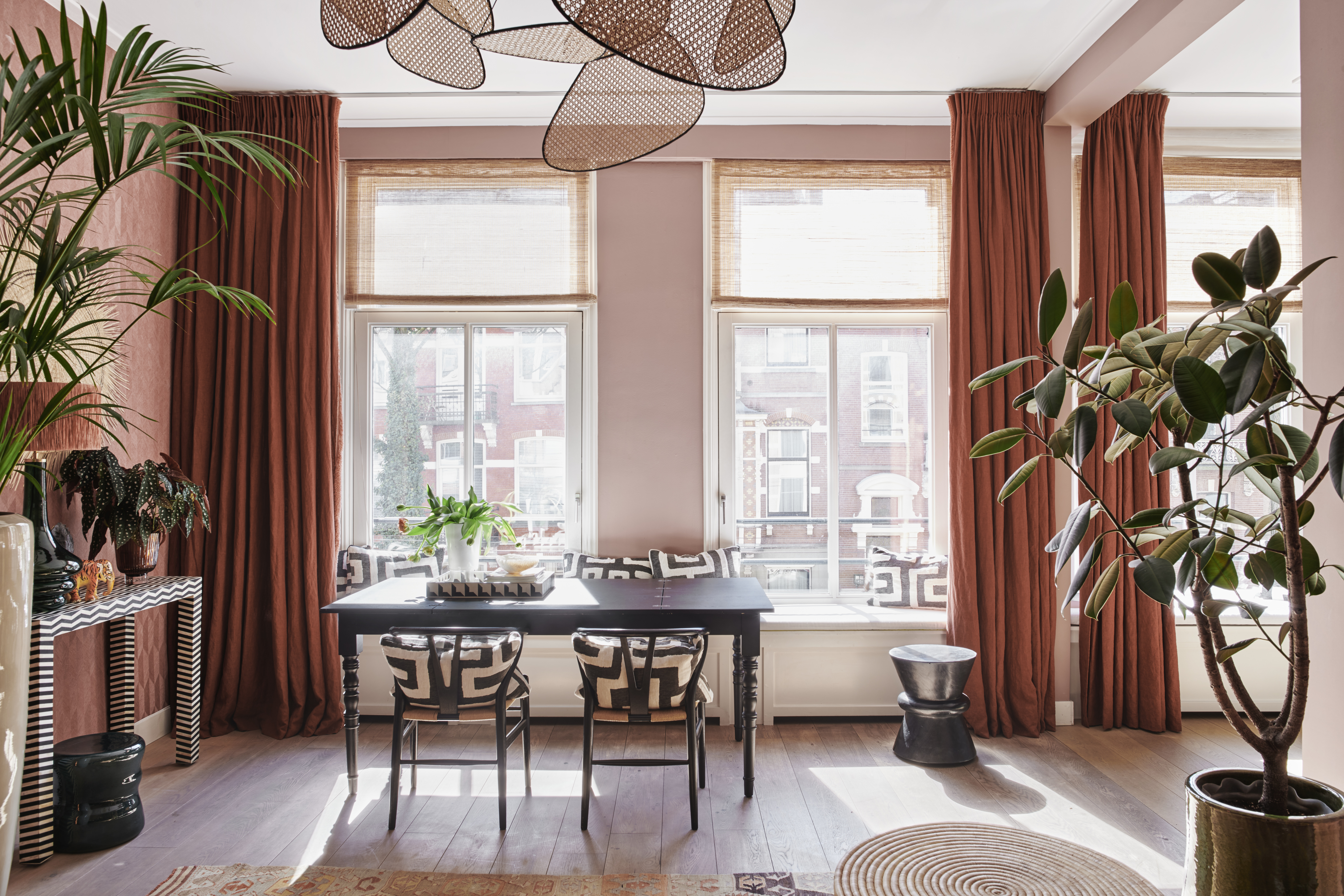
If you want to replicate Nate's living room curtain idea, you'll want to hang them with either a ripple fold or an inverted pleat. The two styles look quite different. It really falls down on whether you prefer a tight pleat or a more relaxed 'wave'.
'When you’re looking at drapery, there are so many styles to go with and it can be hard to land on what works best for your space,' Haley explains. 'Nate makes the case for inverted pleats, which are formed by folding two equal pieces of fabric toward one another in opposite directions so that they meet in the middle and form pleats in the front of the fabric. Inverted pleats form a clean, refined look down the length of the drape while still creating fullness, giving you the best of both worlds in my opinion.'
On the other hand, Eric isn't such a fan of inverted pleats. 'While they have their place in creating a structured look in more formal spaces, I find their uniform flatness can lack visual interest and movement that draws the eye into a room,' he says. 'In my work designing for clients with casual, eclectic styles looking to foster relaxation, I prefer options with more dynamic flare like swags, jabots, or tailored Roman shades.' If you're convinced curtains are out of style, the latter of these will offer a more contemporary, minimalist window treatment in comparison to drapes.
Ripple folds, in contrast, gather the material in a way that creates, as Haley puts it, 'a soft, consistent, wave-like appearance down the length of the drape'. 'The way they gather creates a more of a refined, complex look and can add interest to the right space,' she adds. 'Either way, you can’t go wrong - your drapery choices always depend on both the look and feel that you want to accomplish within your space!'
Get the look

Lilith Hudson is a freelance writer and regular contributor to Livingetc. She holds an MA in Magazine Journalism from City, University of London, and has written for various titles including Homes & Gardens, House Beautiful, Advnture, the Saturday Times Magazine, Evening Standard, DJ Mag, Metro, and The Simple Things Magazine.
Prior to going freelance, Lilith was the News and Trends Editor at Livingetc. It was a role that helped her develop a keen eye for spotting all the latest micro-trends, interior hacks, and viral decor must-haves you need in your home. With a constant ear to the ground on the design scene, she's ahead of the curve when it comes to the latest color that's sweeping interiors or the hot new style to decorate our homes.
-
 These Are the Flower Crowns I’m Wearing This Spring (Spoiler: They’re Actually for My Door)
These Are the Flower Crowns I’m Wearing This Spring (Spoiler: They’re Actually for My Door)Coachella confirmed the comeback of flower crowns. At home, they just go by another name: the spring wreath
By Julia Demer
-
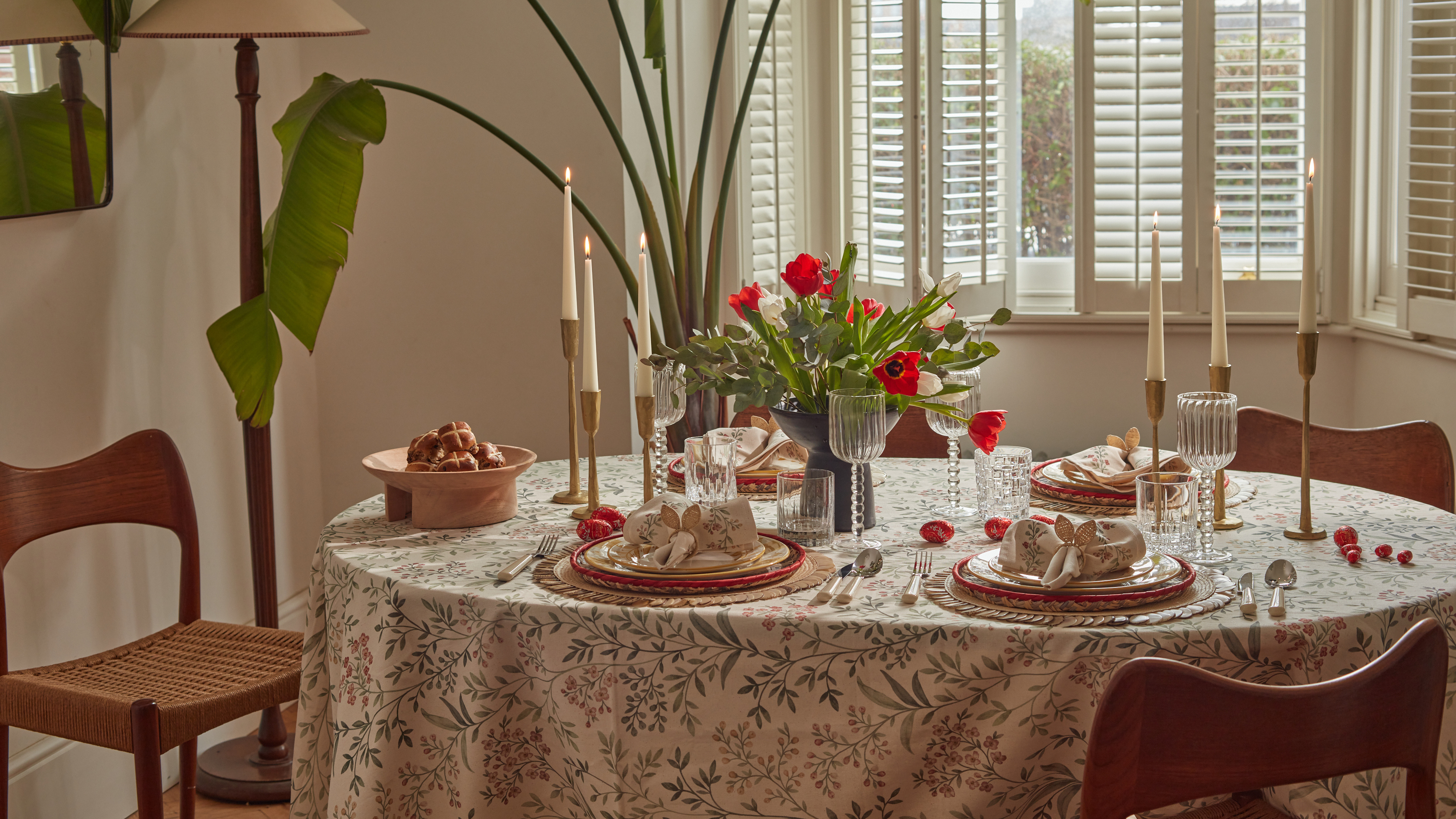 Bunny Ears, Be Gone — 7 Easter Table Styling Mistakes That Will Take Your Setting from Tawdry to Tasteful
Bunny Ears, Be Gone — 7 Easter Table Styling Mistakes That Will Take Your Setting from Tawdry to TastefulFrom fussy floral displays that disrupt conversation to over-relying on tacky tropes, don't fall victim to these errors when decorating your Easter table
By Lilith Hudson
